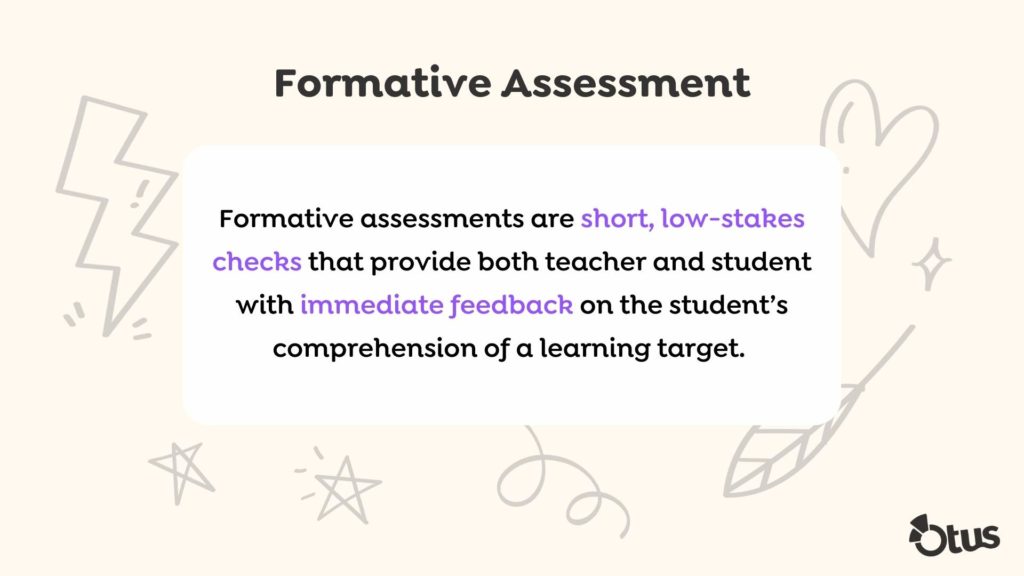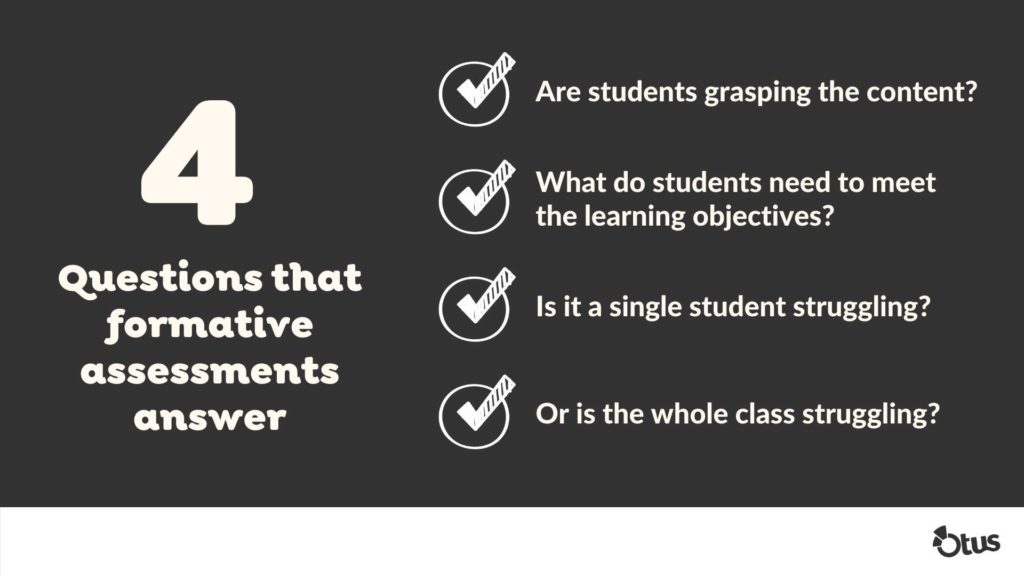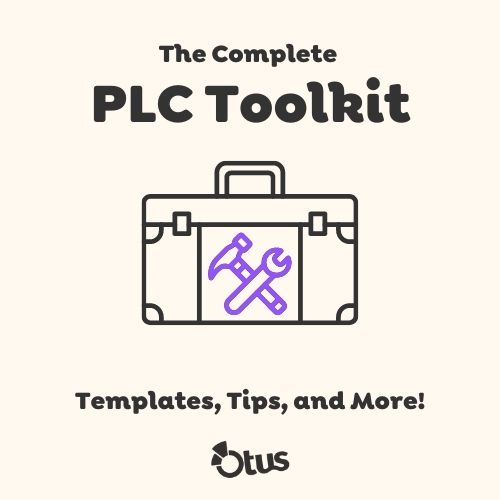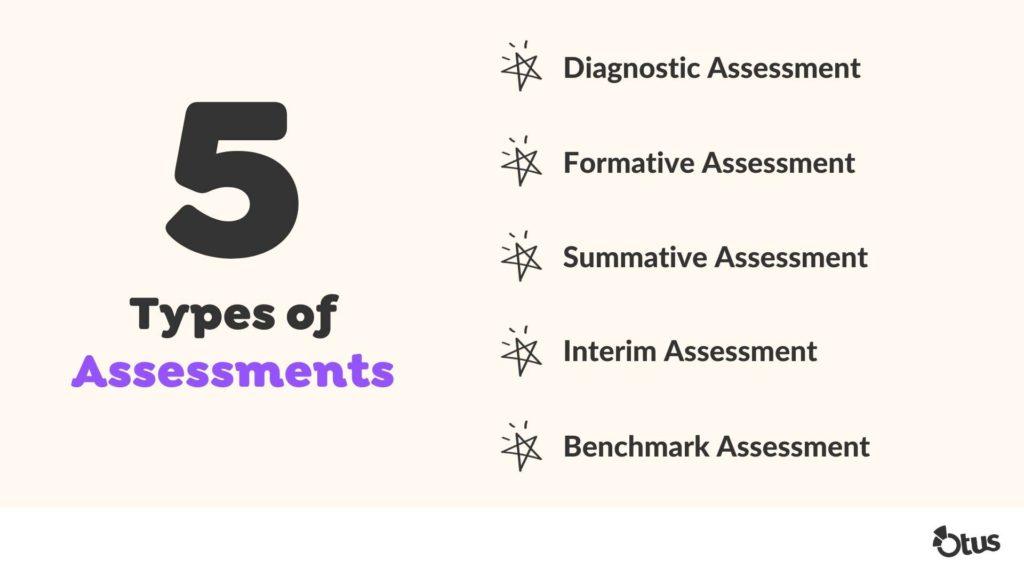What are formative assessments in education?
Put simply, a formative assessment is a short, low-stakes check that provides both teacher and student with immediate feedback on the student’s comprehension of a learning target.
There is not one correct way to perform formative assessments in a classroom. However, as a general rule of thumb, formative assessments are low stakes so that students feel the freedom to be very honest about their lack of understanding without worrying about grading penalties. This allows teachers to quickly grasp where the breakdown in learning occurs and pivot instructional strategies or provide necessary intervention so as to ensure students do not miss out on learning objectives.

Additionally, formative assessments are typically used frequently within each unit of study. Teachers often set up certain rhythms within units or semesters, and perform formative assessments daily, weekly, or in the middle of each lesson. Teachers use the feedback they gather to inform their instruction to be most effective.
Watch “Easily Accelerate Student Performance with Otus Proficiency Assessments” to hear how one school plans to utilize the over 1,000 prebuilt, ready-to-use Otus Proficiency Assessments to measure student learning and accelerate performance.
What does a formative assessment measure?
While summative assessments shed light on final student achievement or the overall success of a teacher or curriculum (what a student has learned), formative assessments are typically used to shed light on how a student is learning at the moment. For example, often teachers find themselves asking themselves:
- Are students grasping the content, and if not, why?
- What do students need to meet the learning objectives?
- Is it a single student struggling? What intervention plan does that one student need?
- Or is the whole class struggling? Does the instructional approach need a complete overhaul?
Formative assessments provide instant answers to these questions. However, the data provided through formative assessments is worthless unless teachers choose to use it to inform future instructional practices.

Why are formative assessments used in education?
Unlike summative assessments, which allow teachers to evaluate student learning at the end of a unit or school year, formative assessments are ongoing throughout the school year. They equip teachers to quickly comprehend a student’s understanding of a learning target. This is useful in education as it provides teachers with ongoing feedback on their instructional strategies.
Additionally, good formative assessments shine a light on where the breakdown in learning occurs, so that teachers can quickly adjust the method of instruction to guide students toward the learning objective.
Furthermore, research has shown that the “testing effect” of formative assessments – in which students “test” themselves on what they know in a low-stakes environment – can enable students to recall up to 67% more of what they’ve learned than studying, memorizing, or re-reading.
Perhaps most importantly, formative assessments provide teachers with a framework for providing immediate, descriptive feedback to students on their learning progress. Descriptive feedback – clear, exact descriptions of what a student got wrong, and more importantly, why they made that mistake and how to correct it – is one of the most powerful tools a teacher can carry in their instructional feedback.
Research overwhelmingly shows that using descriptive feedback during formative assessments not only improves student achievement but student buy-in as well. Descriptive feedback opens the door for conversations between student and teacher, and allows students to own their education and develop their knowledge base and application abilities more than a simple number score or letter grade ever will.

How do formative assessments fit in with the 5 types of assessments?
There are five foundational types of assessments:
- Diagnostic assessments, or pre-assessment, which teachers use to gauge students’ pre-knowledge and zone of proximal development. These typically occur once at the beginning of a unit.
- Formative assessments, which teachers use to determine where student knowledge is at mid-unit. These typically occur frequently throughout the unit.
- Summative assessments, which teachers use to determine student growth at the end of a unit. These typically occur once at the end of a unit.
- Interim assessments, which districts use to measure specific grades across schools. These typically occur once a year.
- Benchmark assessments, which bigger bodies (e.g. states) use to measure overarching student growth and school effectiveness. These typically occur once a year.
Formative assessments are best used after a diagnostic assessment. Some teachers make the mistake of skipping diagnostic assessments, and instead jump right into the unit and may rely too heavily on formative assessments to help them determine student learning.
It’s easy to understand why teachers make this mistake. Like formative assessments, diagnostic assessments do help a teacher determine the course of a unit. Additionally, both are usually given without providing students time to review the material in order to discover what knowledge they have retained. However, diagnostic assessments are really more summative than formative in nature, as they are used by teachers to evaluate a student’s knowledge. Remember, formative assessments are more about determining if and how a student is learning in the moment, not what they have already learned (which is the purpose of a diagnostic assessment).

Additionally, some teachers rely too heavily on formative assessments to determine a student’s knowledge, and may skip summative assessments altogether. This, too, is a mistake, as the requirements for creating a summative assessment are very different from creating formative assessments. While formative assessments are able to reveal what a student is learning in the moment, their low-stakes and often impromptu and informal nature do little to demonstrate mastery learning. Moreover, the data in formative assessments—while helpful in providing teachers with a glimpse of overarching patterns in a classroom’s comprehension of a unit—is usually too subjective to be used year over year in determining true instructional or curriculum effectiveness.
How do you write a formative assessment?
It is important when writing formative assessments to remember that the end goal is not a product. This may be surprising to some, as most people think of formative assessments as nouns: a thing to be given. However, the more accurate way to thing of formative assessments is to remember that they are actually a verb: an action a teacher takes to gather data on student learning.

With this in mind, teachers can create anything that they know will provide them with the needed data; examples are in the next section. However, it helps to keep in mind that all formative assessments should be done in such a way that:
- Teachers are able to gather timely data. Most formative assessments provide teachers with near-instant information that they can use in the moment or in the upcoming lessons.
- Data from formative assessments should be simple and easy to gather. Formative assessments should not place a heavy grading burden on the teacher.
- The formative assessments are given throughout the instructional unit while the learning is occurring. Formative assessments should not be performed before a unit begins (diagnostic assessments) or at the end of a unit (summative assessment).
- The data gathered from formative assessments should be used to inform instructional strategies for the remainder of the unit. It may be as simple as recognizing students are progressing as expected so nothing needs to change! Many teachers find it helpful to participate in professional learning communities (PLCs) in order to receive support in brainstorming ways they can pivot instruction or create appropriate interventions to meet students’ needs.
- The findings from the formative assessments should open the door for teachers to provide their students with descriptive feedback, which should open the door for ongoing student-teacher dialogue about learning.
- Students begin to own their understanding as much as developmentally possible. Formative assessments should help students as well as teachers understand where the breakdown in learning has occurred, and there should be systems and processes in place that enable students to begin to advocate for better understanding when they are not able to accomplish the formative assessment as desired.
- A student’s progress – and not just their struggles – are highlighted. While formative assessments do make clear where a student is struggling, students should also have opportunities to demonstrate progress and even mastery.
- Formative assessments go beyond mere observations. While data from formative assessments does tend to be (acceptable) more subjective than summative assessments, teachers should still strive to gather empirical data whenever possible to ensure their findings are more than observational anecdotes.
Additionally, as teachers create formative assessments, they should regularly ask themselves if they are assessing the right things. Is the data teachers are gathering truly helping them understand if the students are moving toward the set learning goals and objectives? Or is it just a check-in for the sake of checking in? Students will almost always determine what is important for them to focus on and retain based on what the teacher decides to assess. Teachers should carefully consider how each of their formative assessments point back to the primary learning targets.
How Otus makes formative assessments easy
What are examples of formative assessment activities?
While there is no one correct formative assessment activity, teachers tend to return to the same strategies over and over again because they tend to follow the most essential guidelines for formative assessments: they provide data that is timely and simple to gather while opening the door for discussions around student comprehension. Below is a list of good formative assessments commonly found in a typical classroom:
- Exit Tickets: These are perhaps the most common formative assessment. Teachers ask students to complete a short, 1-2 question quiz or answer the lesson’s essential question on a piece of paper and hand it in as they walk out the door. Teachers can then quickly peruse answers to determine if the day’s objectives were achieved, and for whom.
- Reflection Questions: These are an excellent way to turn up a student’s metacognition. Questions like, ”What did we do, why did we do it, what do I still need to learn?” force students to think about what they have learned.
- Student-Led Conferences: These provide valuable insight into how students are perceiving their learning and growth as they explain to their parents or guardians what they are learning and how they are growing.
- Self-Graded Quizzes: These are the formative assessments that do the best job at providing the “testing effect.” Because students know they will grade themselves, the pressure to answer correctly is removed, allowing them to firmly grasp and retain what they do know.
- Survey: These are perhaps the simplest formative assessments, and are as simple as asking students to raise their hands if they understand, or do a thumbs up, thumbs at neutral, or thumbs down for self-assessment. Teachers immediately have a visual cue as to what percentage of the class is ready to move on.
- Socratic Methods: Socratic Circles, Fishbowls, and Hotseat are all excellent activities for engaging the class in discussion. The ability to reexplain and examine a concept is higher up Bloom’s Taxonomy level and shows teachers the depth of a student’s understanding, whether only superficially or truly at the mastery level.
Formative assessments are most effective when they are varied and used continuously. Teachers should avoid only using one or two forms, and should carefully consider which method will best reveal student comprehension in order to achieve the best learning possible for students.
